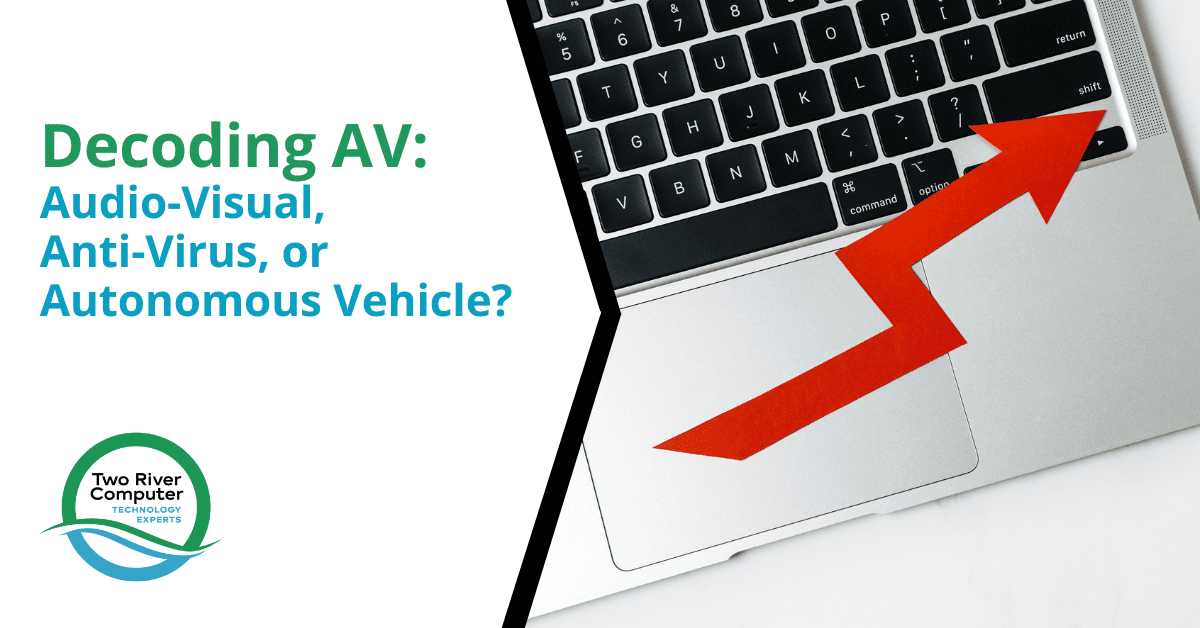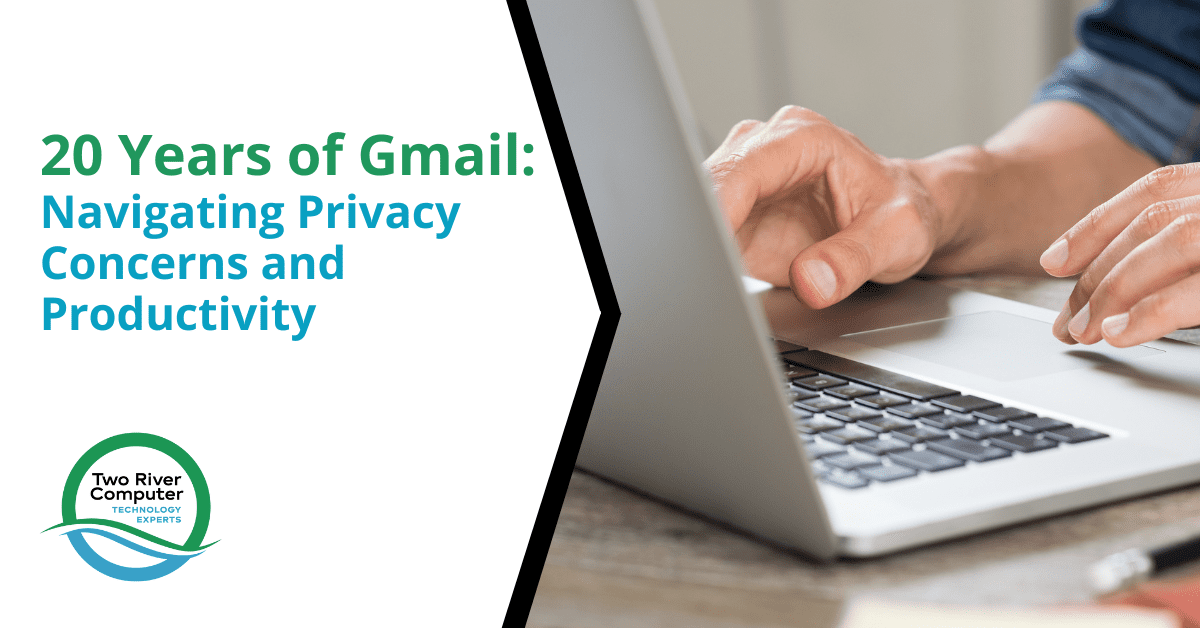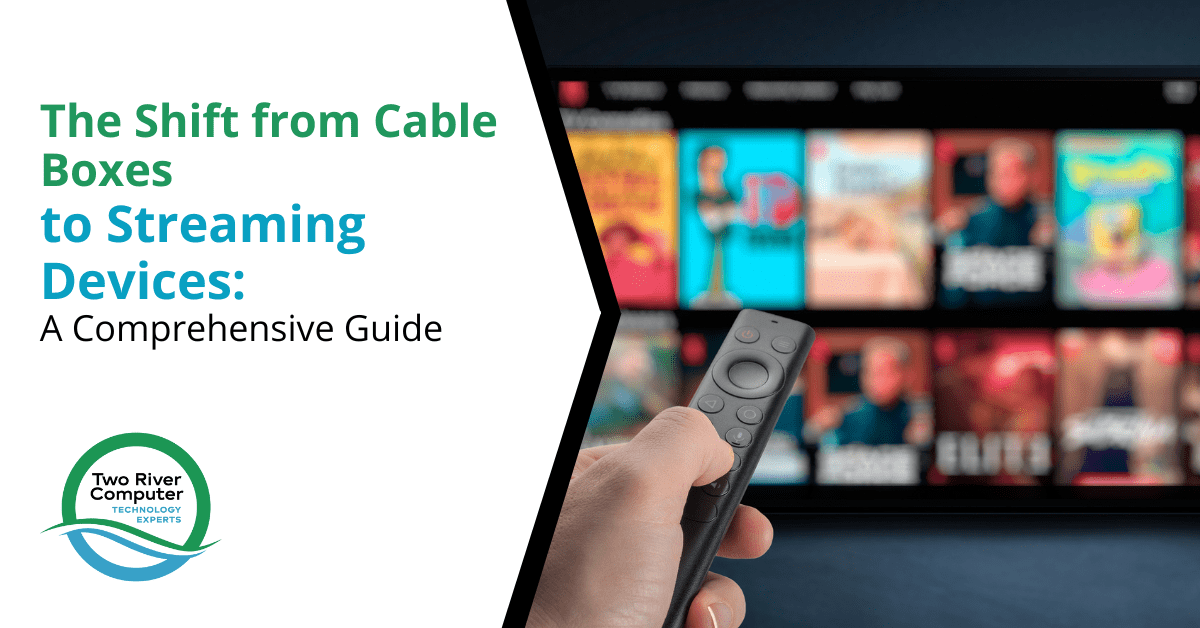
In an age where artificial intelligence is becoming increasingly integrated into various aspects of our lives, the ethical implications of its use cannot be overstated. One area where this is particularly pertinent is in the integration of AI, such as ChatGPT, into different job roles. [Read more…]











